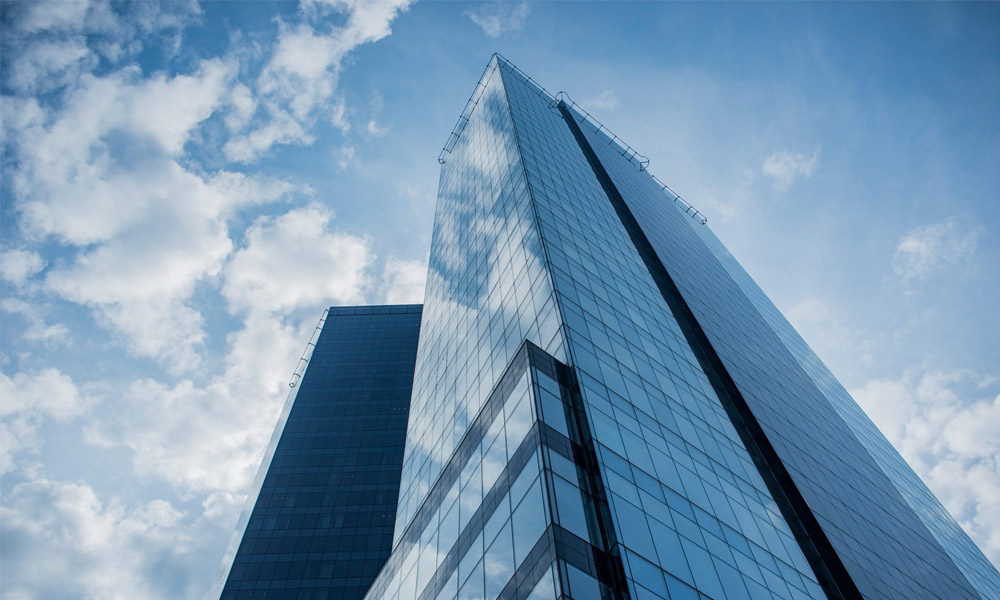

Understanding the Pricing of 12mm Tempered Glass
Tempered glass, also known as toughened glass, is a type of safety glass that has been treated by controlled thermal processes to increase its strength compared to normal glass. This glass is commonly utilized in various applications including buildings, vehicles, furniture, and even shower enclosures due to its remarkable strength and ability to withstand sudden temperature changes. Among the various thicknesses available, 12mm tempered glass has gained significant attention due to its durability and versatility. This article delves into the nuances that determine the price of 12mm tempered glass and the factors affecting its market value.
The Basics of Tempered Glass Pricing
The price of tempered glass is influenced by several fundamental factors, including size, thickness, and the specific manufacturing processes involved. For 12mm tempered glass, the thickness alone contributes considerably to its pricing. Typically, thicker glass costs more due to the increased amount of raw materials used and the more complex manufacturing processes required to temper it effectively.
Additionally, the dimensions of the glass piece play a crucial role in pricing. Larger sheets of glass are generally more expensive than smaller ones, not only because of the material costs but also due to the handling and shipping logistics involved. Therefore, purchasing customized sizes of 12mm tempered glass may also adjust the overall price.
Quality and Certification
Another significant factor affecting the price of 12mm tempered glass is the quality and certification of the product. High-quality tempered glass that meets international safety standards (such as ISO certifications) tends to command higher prices. This is particularly important in applications where safety is paramount, such as in high-rise buildings or public spaces. Manufacturers may need to invest in specific technology and procedures to meet these standards, reflecting these costs in the price.

Furthermore, the option for additional treatments—such as anti-reflective coatings or laminated surfaces—can add to the cost. Customers looking for enhanced aesthetics or performance features are likely to pay a premium for such customizations.
Market Trends and Geography
Market conditions also play a significant role in determining the price of tempered glass. For instance, in regions experiencing a construction boom, the demand for glass is likely to increase, which may drive prices up. Moreover, fluctuations in the prices of raw materials, such as silica and soda ash, can also impact the overall cost of production, subsequently affecting the pricing of tempered glass.
Transport logistics based on geographical location is another factor to consider. Suppliers located closer to major production facilities may offer lower prices compared to those in remote areas due to reduced shipping costs.
Conclusion
In summary, the pricing of 12mm tempered glass is a multifaceted issue influenced by size, thickness, quality, market dynamics, and geographical considerations. As demand for glass products continues to grow, understanding these pricing intricacies is essential for architects, builders, and consumers alike. When purchasing tempered glass, it is crucial to consider not just the price, but also the quality and safety standards to ensure that you are making a well-informed decision. As the market evolves, staying abreast of these factors can help consumers secure the best products for their specific needs while navigating the often-complex landscape of glass pricing.